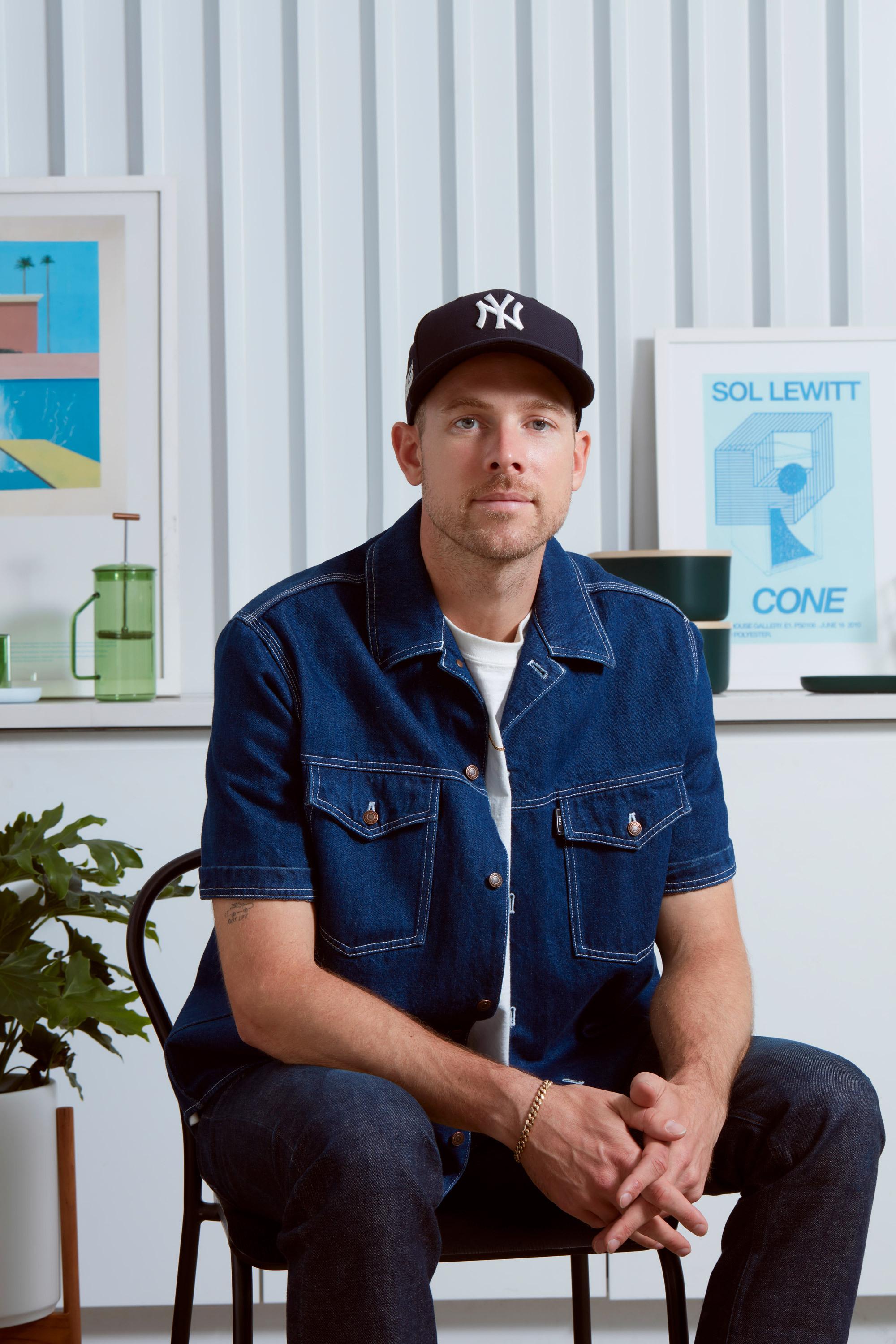3 marketing leaders on the future of brand marketing

It’s no secret that we’re big believers in the power of brand marketing here at Tracksuit.
But with acquisition costs rising, cookies waning, and AI and GPTs making their way into our professional lives, brand marketing is likely to look very different in the months and years ahead and is increasingly being looked to as a core marketing fundamental needed to build a long-term, sustainable business.
We asked founders and marketing leaders at three rapidly growing, digitally native brands about the role of brand at their companies, the evolving marketing landscape and what changes they expect to see in the year ahead.
Meet the experts:

Stephanie Hon, Founder and CEO of Cadence, which makes intelligently designed travel containers.

Callie Kant, Vice President of Brand and Creative at M.M.LaFleur, which makes clothing designed to empower women.

Emmett Shine, Chief Creative Officer and Co-Founder of Pattern Brands, a family of brands making everyday life more joyful and enjoyable.
Q: How would you describe the role of brand in recent years?
Stephanie Hon (Cadence): Brand is a way to distinguish companies that feel real.
Callie Kent (M.M.LaFleur): In a world with increasingly loud marketing messages and where it has gotten even harder to target customers based on behavior due to waning cookies, brand has become an even more important way to break through the noise and leave a lasting impression on customers.
Emmett Shine (Pattern Brands): I am a steadfast believer that we treat everything around us, often subconsciously, as if it has a personality or consciousness, from our family to strangers, to a home, to a car, to a neighbor's dog, to a mailbox we see every day. Some of these things we like, some we don't, some we're indifferent to. But we register everything first, then decide what we think, and store that. Businesses are no different. The way we personify who they are and what they represent to us is what “brand” becomes. Technology and culture shifts but we, as humans, still think of the world around us in the same way. I think businesses and brands are no different — the veneer changes but the underlying narrative doesn’t.
Q: What was your biggest win as a marketer last year?
Stephanie Hon (Cadence): We started using Instagram lives to connect more closely with our community and answer their questions in real-time.
Callie Kant (M.M.LaFleur): We found new, original ways of interacting with our customers, like hiring an all-female brass band to march along the street in front of our new store for its grand opening, attracting neighborhood attention and stopping passersby.
Emmett Shine (Pattern Brands): There was a sense of maturation around Pattern. We own and operate more than a half-dozen businesses, doing a stellar job of selling and shipping hundreds of thousands of orders and doing so professionally. I think the market for home goods now sees us as less of an upstart, and more as a brand that is an established part of the scene and hopefully here to stay.
Q: What do you see as the biggest challenge facing marketers in the year ahead? What about the biggest opportunity?
Stephanie Hon (Cadence): Our biggest challenge is the constantly evolving digital landscape. I think our biggest opportunity is continuing to make great products that make marketing as easy as possible, always!
Callie Kant (M.M.LaFleur): More and more brands are doing more and more things. Brand activities need to be cohesive and memorable to stand out. Additionally, concerns about inflation and the economy make it especially difficult to convince customers that they should try your product. Our biggest opportunity is to find ever more ways of engaging with customers. Newsletters will be a big opportunity for brands this year, as people are increasingly shifting their attention from social media on their phones to more personal-feeling emails.
Emmett Shine (Pattern Brands): Technology and culture change, and often. Adapting to new models of communication and social nuance can be really hard. Technology is a double-edged sword. You can use it to gain an upper hand, but that hand may change tomorrow. So it can be an endless cycle of trying to stay ahead of the perceived competition. Sometimes being the tortoise is better!
As far as opportunities go, I'm an optimist. I love seeing people, trends, cultures, and conversations from across the world and across generations. It's a fun time to create, to build, and to have fun. If you have a story to tell, if you're passionate about it, go forth and tell that story. But if you are trying to force something, or just punching the clock, or trying to fit in, it can be hard and exhausting.
Q: How, if at all, do you expect to incorporate AI into your work this year?
Callie Kant (M.M.LaFleur): It can be a good starting place for brainstorming, understanding general perceptions of your brand, or generating jumping-off points.
Emmett Shine (Pattern Brands): We’re already using AI in research, prompts for marketing briefs, AI plug-ins for our design and development tools, photo renderings, exploring renders for motion… It's an intelligence to inject into the entire workstream, just like having faster computers or better wifi, that's all. It's not magic beans but it's also not something to dismiss!
Q: How, if at all, do you expect the way you measure the impact and efficiency of your marketing efforts to change in the year ahead?
Stephanie Hon (Cadence): We're always focused on profitability. That won’t change, but the tools we use might!
Callie Kant (M.M.LaFleur): We’re concentrating more on consideration than awareness, as we need to move our customers down the funnel.
Emmett Shine (Pattern Brands): We're continuing to learn how to marry the quantitative and the qualitative. One hand washes the other.
Q: What have you found to be most helpful when seeking cross-functional buy-in on brand marketing efforts?
Stephanie Hon (Cadence): We always calculate ROI and designate a testing budget.
Callie Kant (M.M.LaFleur): We establish KPIs in advance of projects and report back on them and develop full-funnel plans to showcase what the efforts will look like in all capacities.
Emmett Shine (Pattern Brands): At Pattern, we make a point to talk it out. If we’re sending a half dozen Slack messages about a project, someone makes the call to hop on a Huddle and talk it out. It’s great to be efficient, but we need to keep a human element in how we work together.
Q: How do you think about or measure trust in marketing?
Stephanie Hon (Cadence): We look at our CSAT (customer satisfaction) score.
Callie Kant (M.M.LaFleur): We believe in transparency with our customers and frequently encourage them to reach out to us with feedback. This communication loop helps them develop trust in us. While we don't have a specific way of measuring trust, we're using Tracksuit to gauge how well our key messages and value props are resonating with customers, such as 'makes clothing that match my lifestyle.'
Emmett Shine (Pattern Brands): I would categorize good retention and lifecycle metrics as being indicative of trust. That could look like having good open rates, click-through rates, and loyal, repeat customers.
Thanks for sharing your smarts with us, Callie, Emmett and Stephanie!





